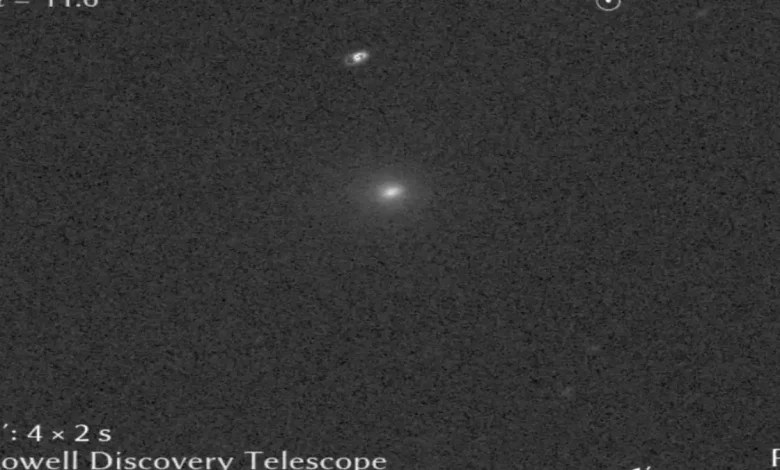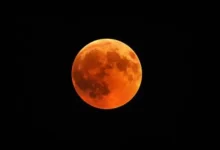First Radio Signal Detected From Interstellar Object 3I/ATLAS as It Skimmed Past the Sun

A South African radio array has detected hydroxyl (OH) absorption lines from the interstellar object 3I/ATLAS, marking the first reported radio detection linked to this visitor since its discovery on July 1, 2025. The observation, attributed to the MeerKAT radio telescope, identified absorption at around 1.665–1.667 GHz frequencies characteristic of OH transitions used to probe gas around comets.
Reports note that earlier September attempts to capture these OH lines were unsuccessful, with the successful detection coming on October 24, 2025, when 3I/ATLAS was near solar conjunction and only a few degrees from the Sun in the sky. At perihelion on October 29, the comet reached about 1.36 AU from the Sun and was moving roughly 68 km/s relative to the Sun, aligning with a period of heightened scientific interest and challenging geometry for Earth-based viewing.
Commentary circulating among researchers highlights that the detected OH absorption is Doppler-shifted by the object’s relative velocity to Earth, consistent with expectations for a fast-moving interstellar body. Context from observatory and mission updates indicates that 3I/ATLAS has been under intensive scrutiny across platforms from Hubble and JWST imaging to ground-based spectroscopy constraining its coma composition and dust production building a multiwavelength picture around the radio finding.
The object has drawn added attention due to unusual observational features and public speculation, though professional updates emphasize natural cometary behavior: a modest coma, developing antisolar tail with changing geometry near perihelion, and gas species detections such as hydrogen cyanide at measured production rates. As it recedes post-perihelion, additional facilities may attempt low-frequency searches during forthcoming planetary geometry opportunities, complementing the OH-line result.
Wow! Signal context and 3I/ATLAS
Separate discussions have compared the inbound sky direction of 3I/ATLAS to the 1977 “Wow!” Signal, noting an approximate directional proximity on the order of several degrees. While the Wow! Signal remains unexplained, institutional summaries categorize 3I/ATLAS as the third confirmed interstellar object, with current observations consistent with a natural comet; agencies and observatories continue to monitor without confirming any artificial emission.
Key details at a glance
- First reported radio-linked detection: OH absorption near 1.665–1.667 GHz by MeerKAT.
- Discovery and classification: Designated 3I/ATLAS (also C/2025 N1), third confirmed interstellar object.
- Perihelion: October 29, 2025, at ~1.36 AU; visibility constrained by solar conjunction around late October.
- Ongoing campaigns: Hubble, JWST, ground telescopes, and institutional updates tracking coma composition and activity.




